
Remember when bragging about the newest “fancy thing” felt like a status symbol? Fast-forward a decade, and those same luxuries barely earn a glance. Turns out, what once screamed prestige now whispers practicality. Curious which trends lost their sparkle? Let’s rewind the flexes that fell flat in record time.
Smartphones With Touchscreens
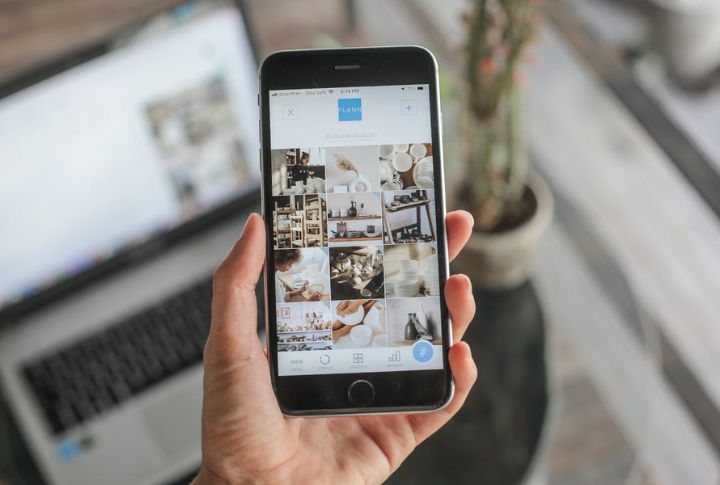
When the LG Prada hit the scene in 2006, it wowed people as the first phone with a real touchscreen. Then the iPhone arrived in 2007 and changed everything. What used to feel futuristic and fancy is now completely normal; touchscreens are just part of everyday life.
Granite Kitchen Countertops
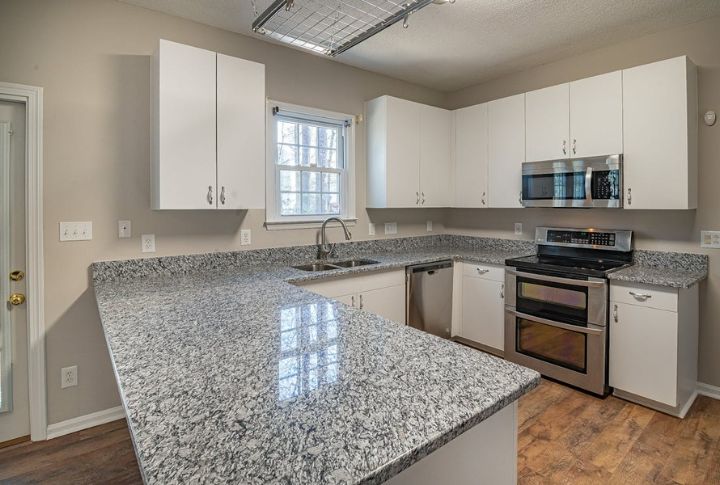
There was a time when granite countertops meant you’d really “made it.” They were expensive and a serious luxury. But better quarrying and shipping made them easier to get, which turns this once-exclusive feature into a standard choice for modern kitchens.
Leather Car Seats
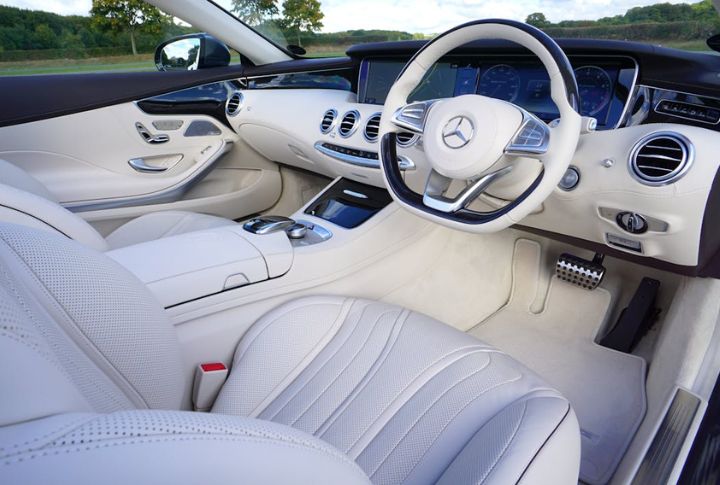
Leather seats used to scream luxury as something you’d only find in top-tier cars. However, the moment synthetic and lower-cost options hit the market, that exclusive feel faded fast. Now, leather seats are literally everywhere, from family SUVs to budget-friendly sedans.
Espresso Machines
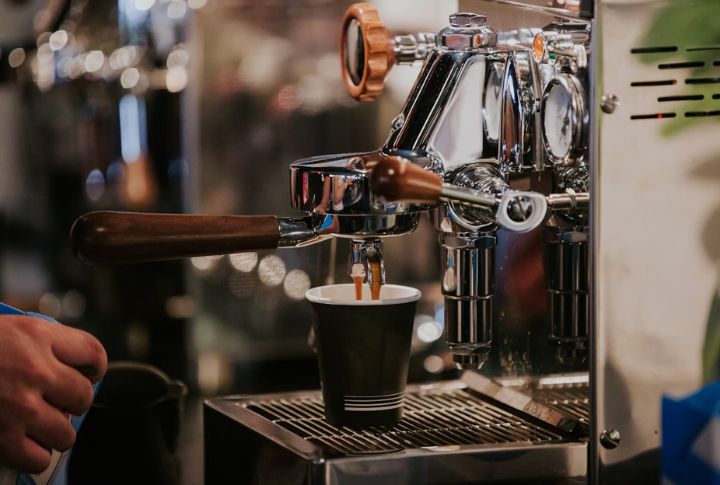
When espresso machines first appeared in Italy, they were high-end cafe gear. Over time, models like Gaggia’s and FAEMA’s made them accessible at home. What started as a coffee-lover’s dream purchase then became a morning must-have for caffeine fans around the world.
Flat-Screen TVs
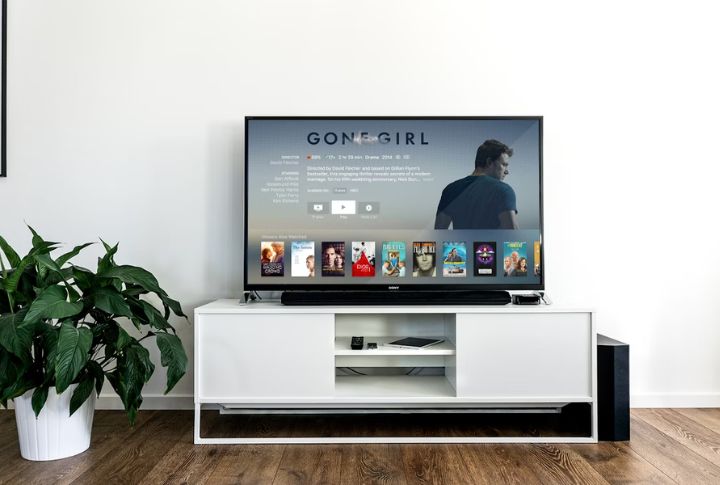
Remember when owning a flat-screen meant serious bragging rights? Those heavy, pricey plasma screens were the future. In 2025, sleek LED and OLED TVs hang in nearly every living room to prove how fast modern tech turns into everyday decor.
Designer Logo Handbags
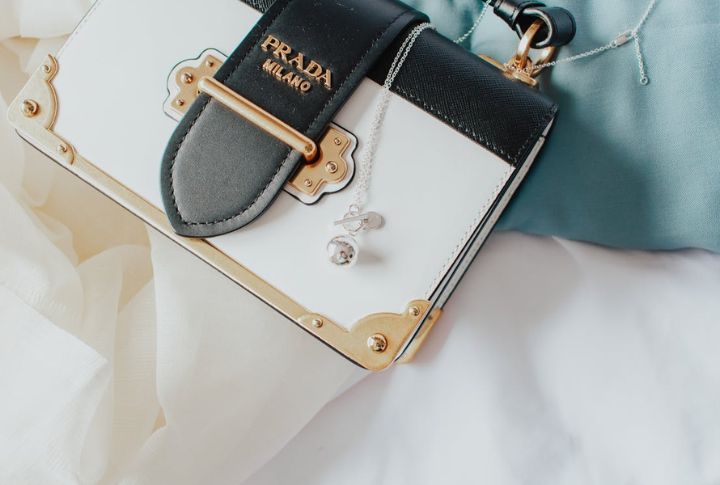
A designer logo bag had the power to draw attention the moment it appeared. Back then, scarcity made them special. Yet once imitations flooded stores and brands pushed accessible collections, that elite image slipped away. Today, those same “it bags” feel more expected than exceptional.
Fitness Trackers And Smartwatches
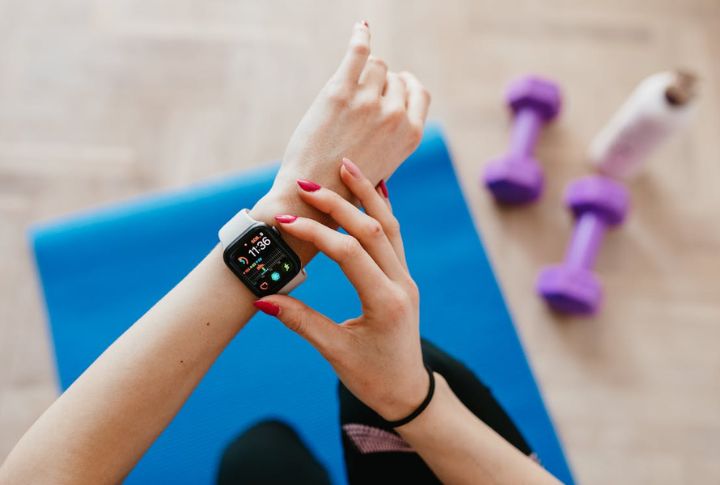
When fitness trackers first launched, they felt like toys for techies. Fast-forward a few years, and you can’t walk a city block without spotting one. Heart rate tracking, sleep monitoring, and phone alerts are all part of how we live, not just how we exercise.
Ride-Hailing Services
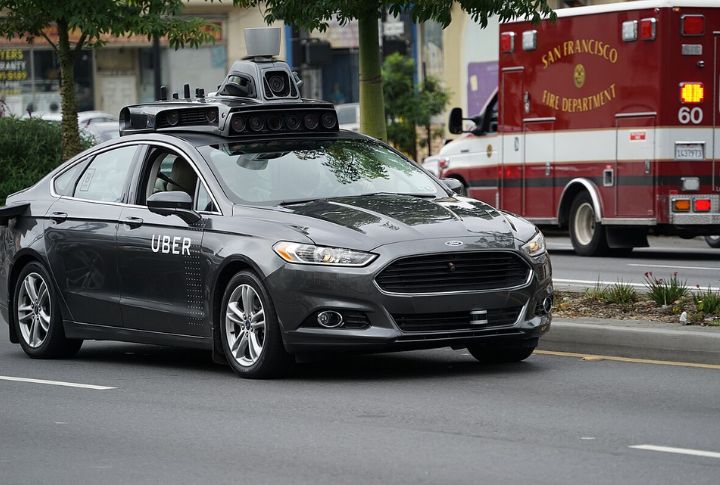
Using an app to summon a ride carried the same thrill as having your own private driver. However, Uber and Lyft made that futuristic idea real and quickly ordinary. What started as a sleek, high-tech convenience now blends seamlessly into city life.
Sushi
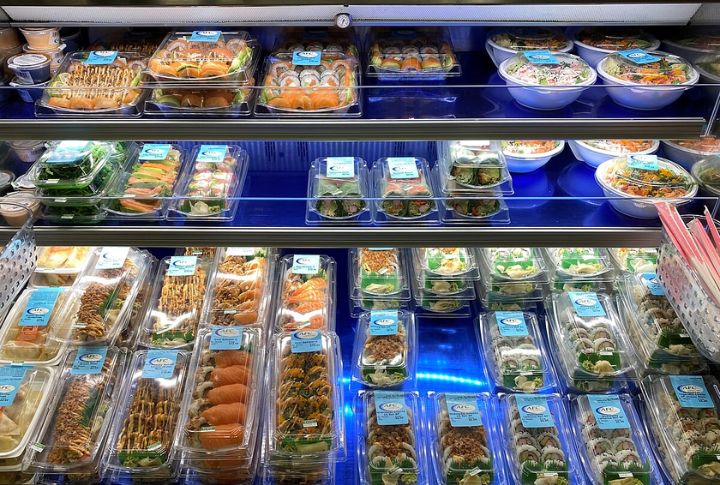
There was a time when sushi felt exotic, reserved for upscale restaurants. Then supermarkets realized shoppers wanted convenience with flair. By the mid-1980s, grocery sushi counters popped up everywhere. That high-end delicacy became an easy weekday lunch for anyone craving something fresh.
Open-Concept Living Spaces
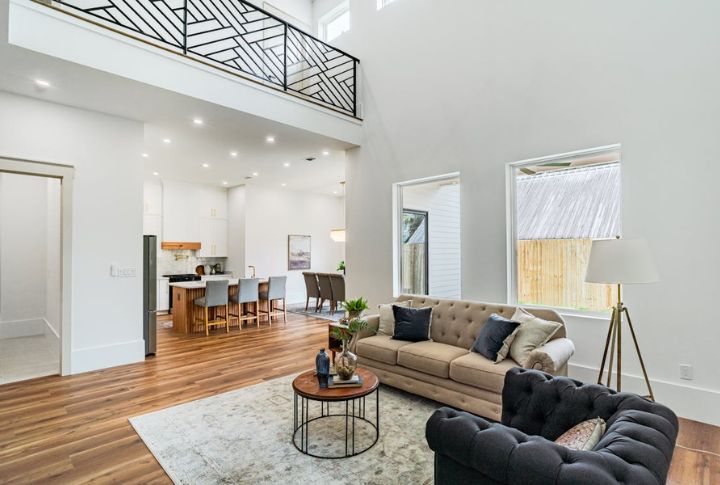
You used to need an architect’s budget to enjoy an open-concept home. Now, it’s practically the norm. Those flowing, light-filled spaces that began in high-end builds have made their way into everyday neighborhoods to redefine what “luxurious” living looks like.
